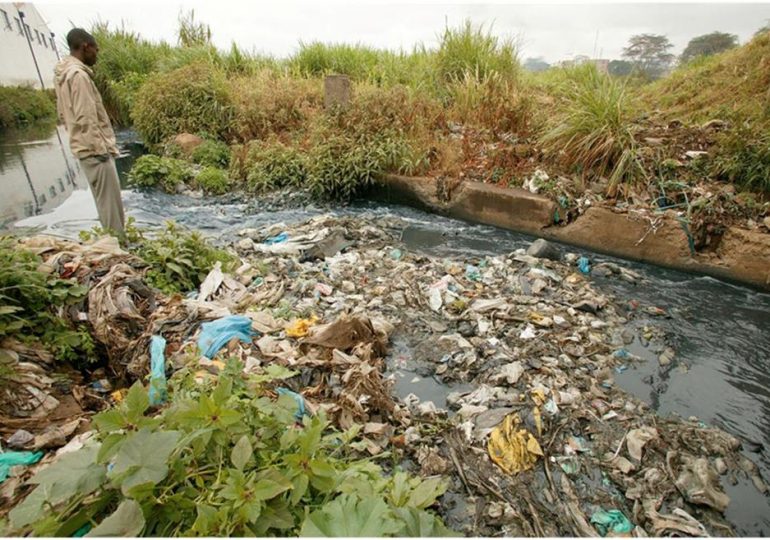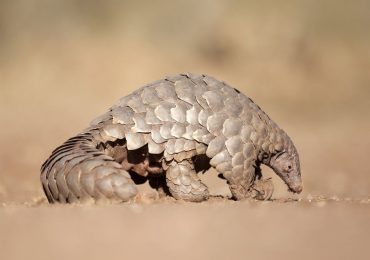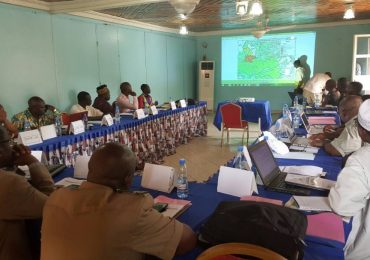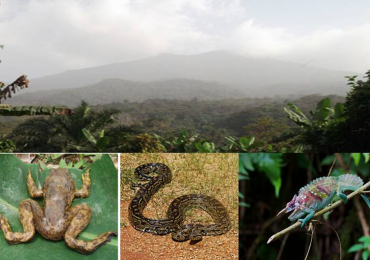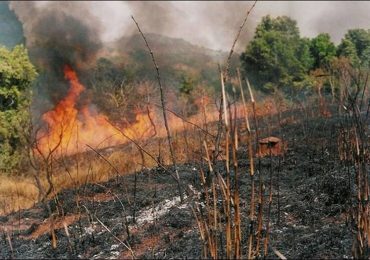The Chief of Service in charge of Sustainable Development at the South West Regional Delegation of Environment, Protection of Nature and Sustainable Development (MINEPDED) Mm Ekane Mary, says incessant heaping of refuse on wetlands is the major cause of natural disasters in Cameroon especially in urban areas.
Speaking on the heels of the 10th edition of World Wetlands day observed last February 2, on the theme “Wetlands for Disaster Risk Reduction, Madam Ekane said when people dump waste in the water bodies, they become saturated, hence, causing floods and other disasters.
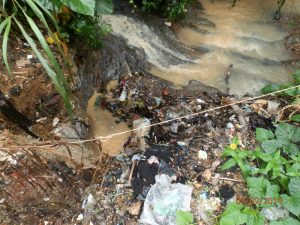
“Wetlands act as a natural sponge absorbing and storing excess rainfall and reducing flooding. During the dry season, they release the water stored delaying the onset of droughts and reducing water shortages but when refuse accumulates in these water bodies, they become more hazardous than helpful to the people” Mm Ekane expounded.
The sustainable development boss warned that wetlands are not dumping grounds. She explained that when people dump refuse in wetlands, alga blooms form a blanket on the surface of the water, hence, suffocating microorganisms living there. When people drink the water, it will also have huge reparations on them.
Meanwhile the Southwest Regional Delegation of Environment, Protection of Nature and Sustainable Development, used the occasion of World Wetland Day, 2017 to sensitize the population residing around the wetland at Mile 16 to avoid dumping waste in the water, plant trees around the water body, and carry out routine clean-up around the wetland.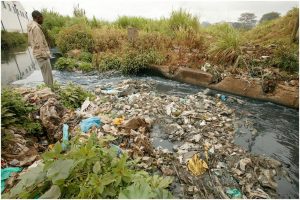
Wetlands are areas of marsh, fen, peat land or water, whether natural or artificial, permanent or temporary, with water that is static or flowing, fresh, brackish or salt, including areas of marine water the depth of which at low tide does not exceed six meters. Wetlands are one of the world’s most important environmental assets, containing a disproportionately high number of plant and animal species compared to other areas of the world. Throughout history, they have been integral to human survival and development.
By Yanick Fonki Ndaley


